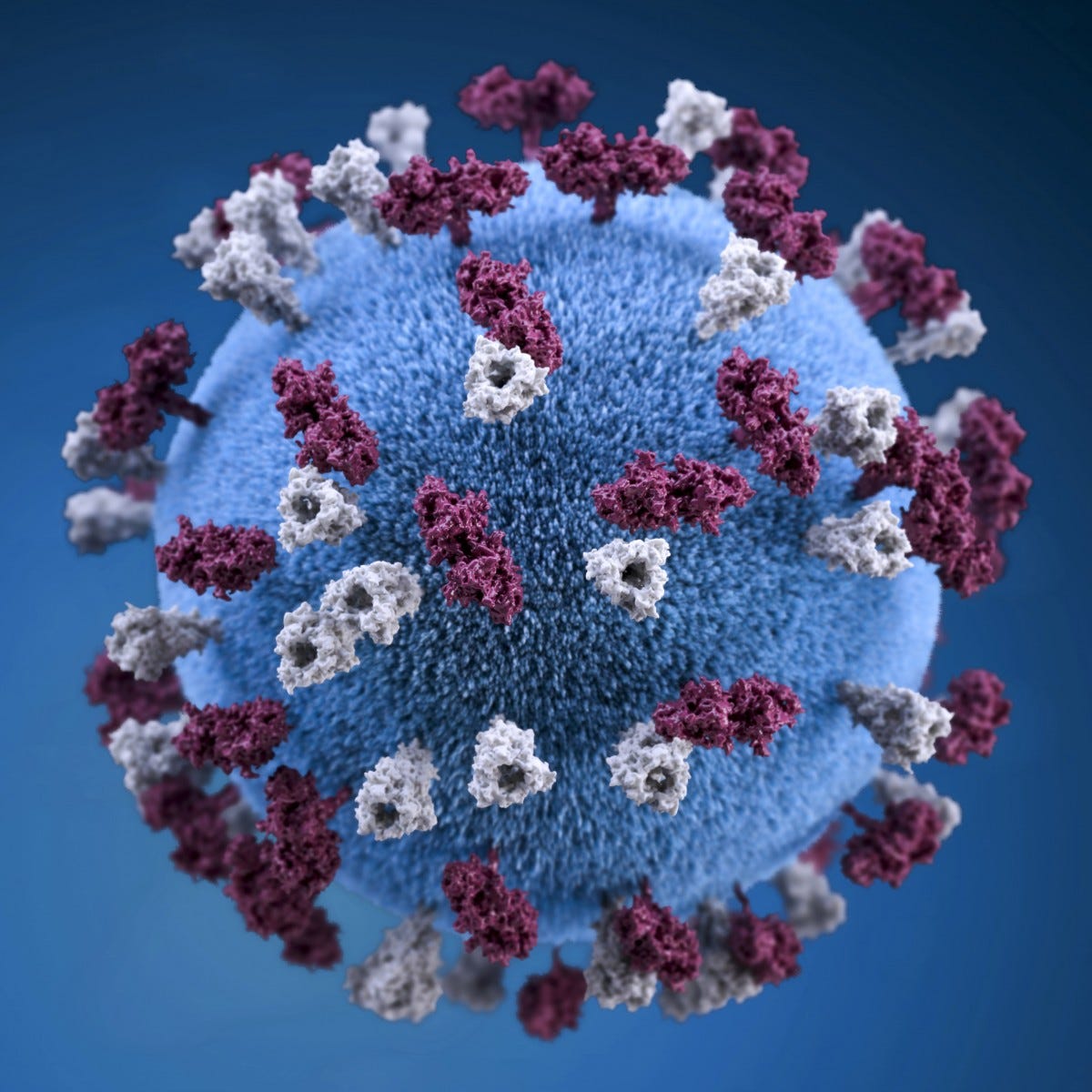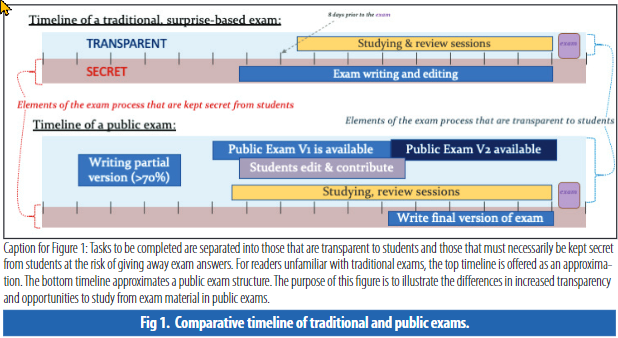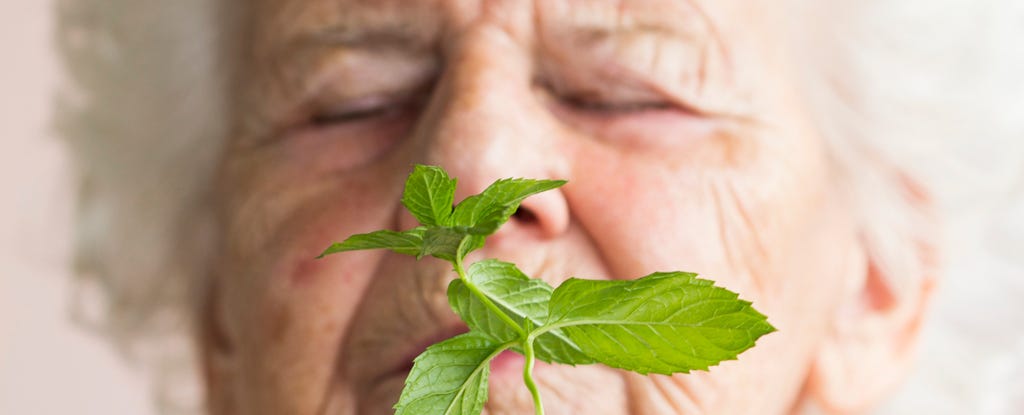Sci-Ed Update 295
Long COVID spikes, Kevin's COVID, Menthol improves cognition, Nobel for mRNA vaccine discoveries, Roy Meals's new Muscle book, Reversing baldness, Public exams, Growing a microbiome.
My COVID Experience
As far as I know, I’d not contracted a COVID infection since it first appeared on the world scene. Until two weeks ago, when a few friends gathered to catch up. And one of them tested positive a day or so later. Then another. Then me—notwithstanding being fully boosted, which probably kept my symptoms manageable, even if decidedly unpleasant. Barring any ongoing long-COVID baggage, I’m pretty much over it now.
Because I didn’t have the energy to update y’all in real time, but do want to explain my absence, consider this my explanation.
Nobel Prize in Physiology or Medicine Goes to mRNA Vaccine Investigators
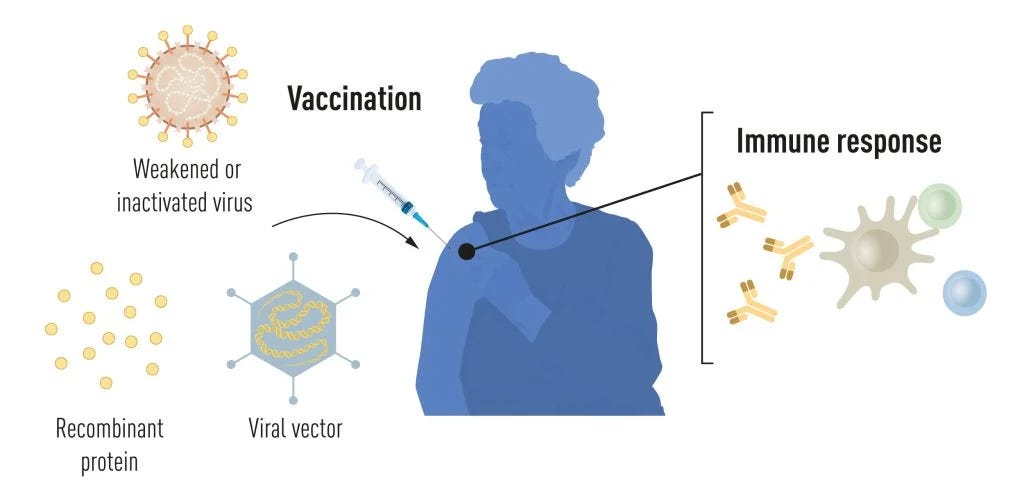
This week, The Nobel Assembly at Karolinska Institutet decided to award the 2023 Nobel Prize in Physiology or Medicine jointly to Katalin Karikó and Drew Weissman for their discoveries concerning nucleoside base modifications that enabled the development of effective mRNA vaccines against COVID-19
The discoveries by the two Nobel Laureates were critical for developing effective mRNA vaccines against COVID-19 during the pandemic that began in early 2020. Through their groundbreaking findings, which have fundamentally changed our understanding of how mRNA interacts with our immune system, the laureates contributed to the unprecedented rate of vaccine development during one of the greatest threats to human health in modern times.
Read more→ AandP.info/jtk
Where does your gut microbiome really come from - and does it matter?

Imagine a remote island, recently formed by volcanic activity, in the middle of the ocean. At first, it is lifeless, but a growing variety of plants take hold, providing food for pioneering animal species, until eventually there is a diverse and flourishing ecosystem.
This is a useful way to think about how our gut ecosystems develop. “Your microbiome goes on a journey,” says Alan Walker at the University of Aberdeen, UK. “When you’re born, some bugs get in and then, when you start eating solid foods, other bugs replace them. There’s a dynamic process where your microbiome changes until you get to mid-to-late childhood. Then, through adult life, you’ve got a reasonably stable microbial community.”
Read more→ AandP.info/878
Public Exams Decrease Anxiety And Facilitate Deeper Conceptual Thinking
Assessment methods across post-secondary STEM education are traditionally constrained by logistics and likely contribute to the widespread inequities in STEM ed-ucation outcomes. As part of attempts to improve and di-versify the methods used in assessment, the authors have developed a flexible and low-tech style known as ‘public exams’ based in educational best practices. Public exams attempt to authentically involve students into the process of assessment through the use of pre-released portions of the exam. Using mixed-methods research techniques at a closely matched pair of institutions (a research-intensive university and a community college classroom), we ob-served signals of positive impact from the public exam on student learning experiences. Public exams appear to promote deeper thought, to direct students more ef-ficiently to the core concepts in the discipline, and to decrease student anxiety around exams. The public exam experience does not show evidence for exacerbating gaps in exam outcomes for students from underrepresented backgrounds. This suggests that public exams are worth deeper investigation as an evidence-based and effective assessment style.
Read more→ AandP.info/e9n
Can we finally reverse balding with these new experimental treatments?
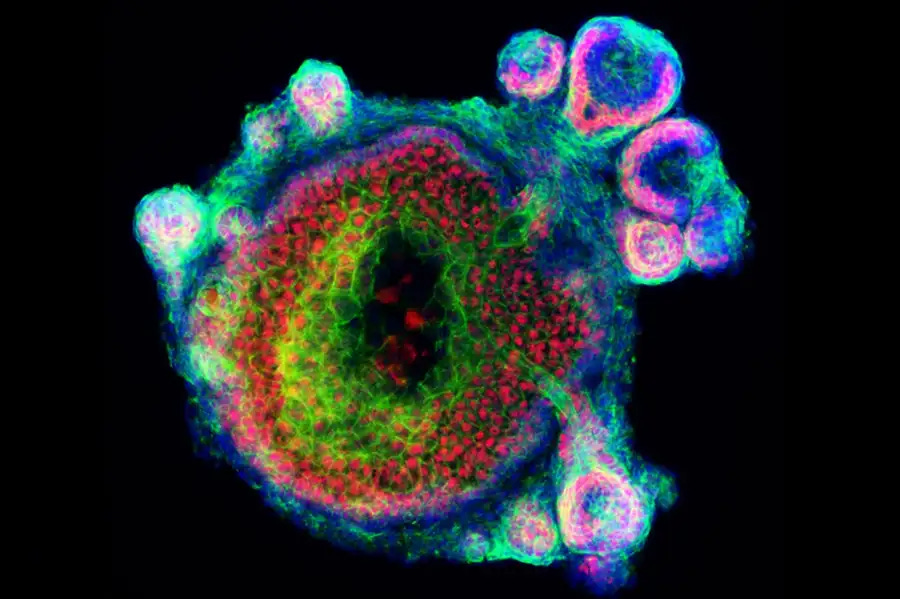
We have known for a while that the hormone dihydrotestosterone (DHT), which stimulates the development of male characteristics, plays a key role in this process. DHT prompts follicles to miniaturise, and if you can reduce it, balding can be slowed. Over the past few years, though, researchers have made spectacular progress in understanding the complex biology surrounding hair growth and loss and the many biological components involved.
It was cell biologist Karl Koehler at Harvard University who made a pivotal breakthrough around a decade ago. Back then, he and his team were trying to grow a type of cell found in the inner ear using stem cells. However, it turns out that these ear cells are closely related to skin cells, and the researchers found that they always got some patches of skin growing as a side product. At first, this was a pain. “It was this weed in our garden that we were trying to get rid of,” says Koehler. Then they realised that these fragments of skin, if left to grow, would form two layers – the dermis and epidermis – and, eventually, even hair follicles. They had inadvertently created a skin organoid, with all its attendant parts.
Koehler and his team refocused their efforts on culturing skin, tweaking the chemical recipe they fed the cells to steer them into the optimal pathway. In 2018, they published a paper demonstrating their success developing mouse skin, and in 2020, they repeated the feat with human skin.
With Koehler’s hairy skin organoids, we are talking about growing new hairs, which is quite the breakthrough. You could easily imagine it being used to reverse baldness. “We’re definitely thinking about this,” says Koehler. There will, however, be hurdles, like growing the skin larger and overcoming graft rejection – the skin would probably have to be grown from stem cells taken from the transplant recipient. “It’s going to be hugely expensive and not fast – not on the timescale some balding men might like,” says Koehler. But perhaps there is an easier option.
Read more→ AandP.info/xww
People with Long COVID May Still Have Spike Proteins in Their Blood

The now infamous condition long COVID presents as a wide range of symptoms—everything from persistent chest pains to rashes, pins and needles, and brain fog. Doctors can diagnose long COVID by speaking to their patients about their experiences before and after an initial COVID infection, but researchers still haven’t pinned down what causes the condition or how to treat it. Part of the difficulty is that there isn’t yet a way to measure biological signals of long COVID infections in the body to start the process of testing new treatments. Now researchers may have found a marker for the disabling condition: a piece of SARS-CoV-2, the virus that causes COVID, floating around in the blood of some long COVID sufferers well after their initial infection.
In a preprint paper uploaded to medRxiv in June, researchers reported detecting a fragment of SARS-CoV-2 in blood samples from long COVID sufferers up to a year after their original infection. The fragment is a spike protein, one of the protrusions around the outside of SARS-CoV-2 that give this coronavirus its namesake corona, or crownlike appearance. During an initial COVID infection, the spike protein typically breaks off into smaller pieces when it penetrates human cells, but the spike proteins observed in this study were still in one piece. The findings have not yet been peer-reviewed.
Read more→ AandP.info/enh
Muscle: A Gripping Story by Roy Meals
Get pumped up for Episode 142, where we have the honor of hosting Dr. Roy Meals, the musculoskeletal maestro! 💪 We’re gonna flex our curiosity muscles and explore every nook and cranny of his latest masterpiece, Muscle: The Gripping Story of Strength and Movement. This episode’s so dynamic, you might need a protein shake afterward!
0:00:00 | Introduction
0:01:13 | Re-Introducing Dr. Roy Meals
0:04:08 | Muscle Strain & Why We Train
0:13:53 | What Sword Swallowing Teaches Us About Muscle
0:24:49 | Muscle Stories: Learning Should Be Fun
0:38:48 | Staying Connected
To listen to this episode, click on the player (if present) or this link→ theAPprofessor.org/podcast-episode-142.html
Mouse Study Reveals Unexpected Connection Between Menthol And Alzheimer's
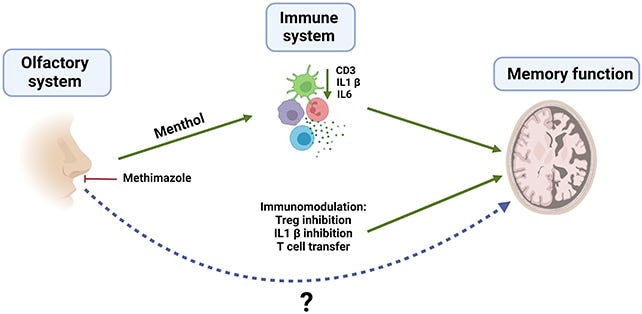
A recent study reports something strange: When mice with Alzheimer's disease inhale menthol, their cognitive abilities improve. It seems the chemical compound can stop some of the damage done to the brain that's usually associated with the disease.
In particular, researchers noticed a reduction in the interleukin-1-beta (IL-1β) protein, which helps to regulate the body's inflammatory response – a response that can offer natural protection but one that leads to harm when it's not controlled properly.
The team behind the study, which was published in April 2023, says it shows the potential for particular smells to be used as therapies for Alzheimer's. If we can figure out which odors cause which brain and immune system responses, we can harness them to improve health.
Kevin Patton comment→ going forward, when smelling all that menthol from Biofreeze and Bengay as I walk the halls of my relatives’ assisted living communities, I’ll know that they are getting multiple benefits. Maybe it’ll help me, too!
Read more→ AandP.info/faz



